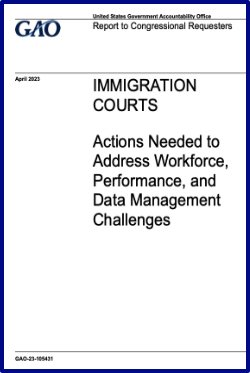By David Neal
In July 2021, I announced my intention to conduct ‘An inspection of the Satellite Tracking Service Programme’ (STSP). I agreed with the Home Office to delay my inspection given the electronic monitoring service had yet to commence, and to avoid overlap with STSP project assurance reports. The purpose of tagging is to reduce absconding and increase the number of foreign national offenders (FNOs) removed, the latter being a key Home Secretary priority. It also enables, in certain circumstances, the Home Office to see where an FNO has been. The service is still in the first 6 months of rollout and it cannot yet demonstrate it is achieving these aims. My inspection team found staff in the Home Office’s Electronic Monitoring (EM) Hub (the Hub) to be hard-working, dedicated and ready to ‘muck in’ to get things done. They reported feeling well supported by managers, and inspectors noted a positive workplace culture. However, their efforts have been hampered by protracted government recruitment processes, a lack of training and an underestimation of the volume of legal challenges. Staff shortages meant that the Hub has had to prioritise certain areas of work to the detriment of others, leading to delays, for example, in the 3-monthly reviews of those who are on a tag and a lack of use of formal sanctions for breaches, including prosecutions. The latter point leads to multiple warning letters being sent out to individuals who have breached the conditions of their tag, which threatens to undermine the effectiveness of the whole programme. This requires urgent senior management intervention. I am pleased that there appears to be some recent progress on recruitment and that new staff were due to start shortly after the onsite phase of the inspection concluded. However, the Hub needs to have a clear plan for what can be achieved with its current level of resources and as the Home Office expands its use of EM, including the delayed introduction of non-fitted devices, a key part of its strategy. This expansion should be supported by a comprehensive training package for both existing and new staff alongside the implementation of quality assurance processes and more effective performance management of the supplier, to help drive continuous improvement.
London: Independent Chief Inspector of Borders and Immigration, 2022. 43p.





















